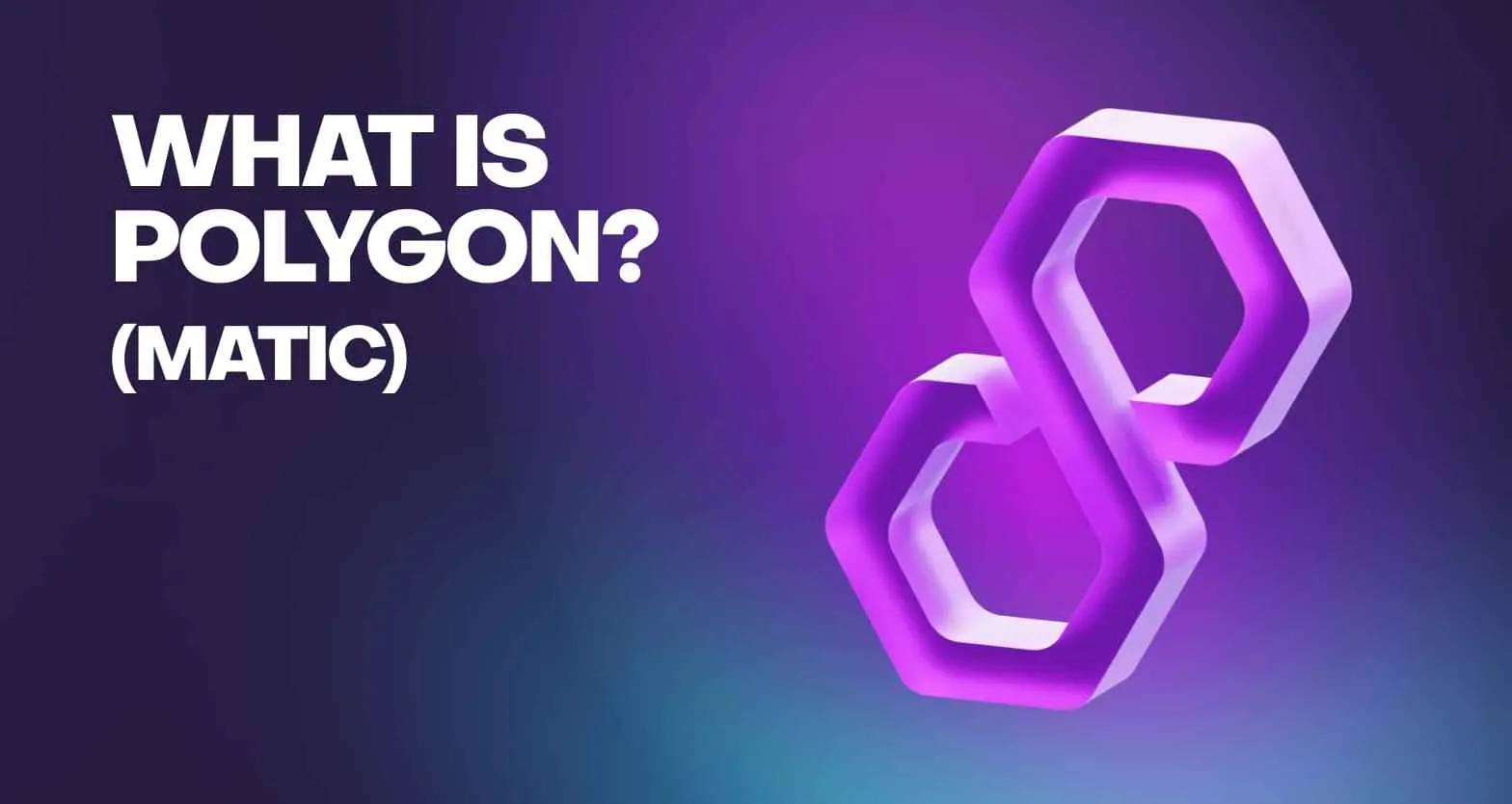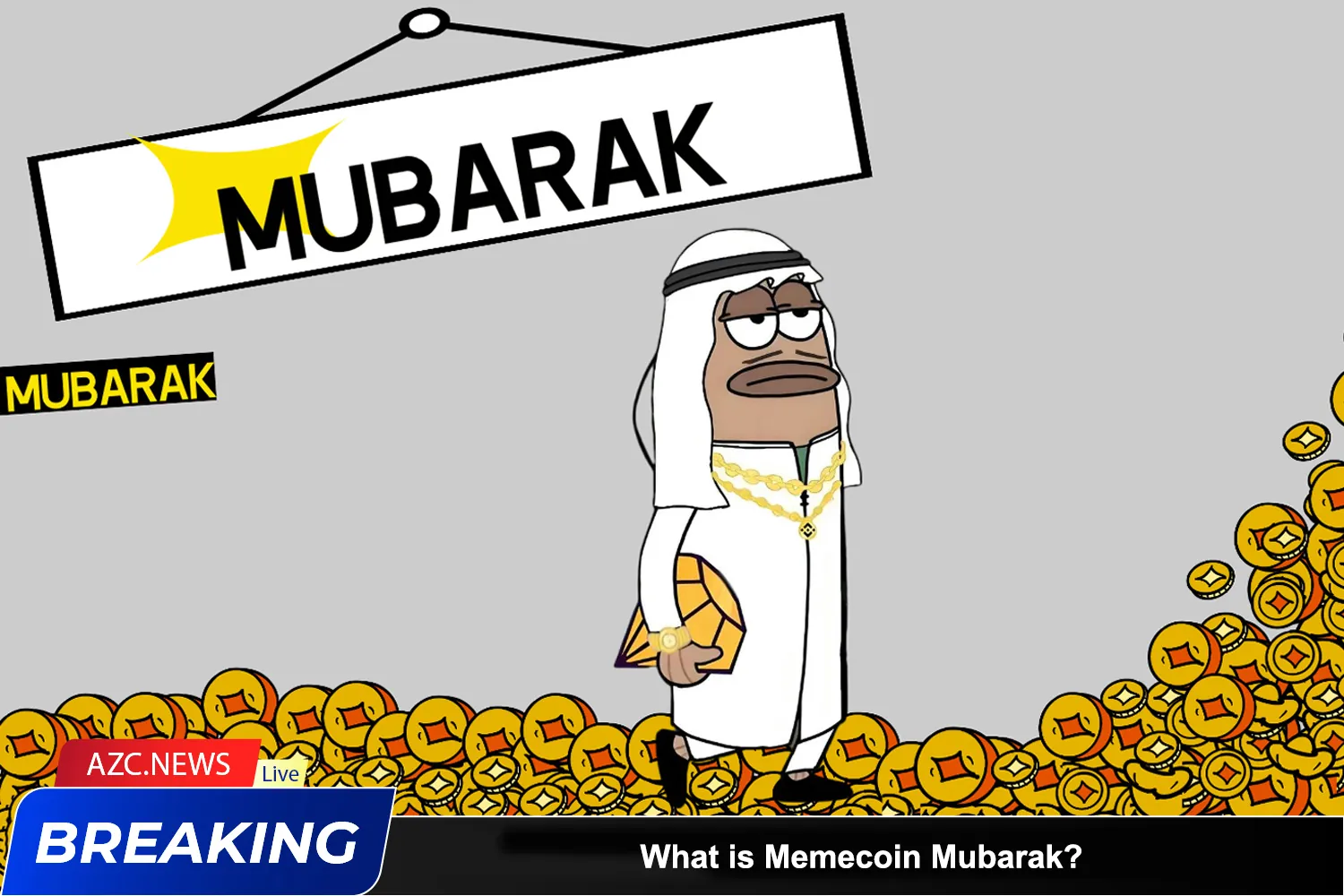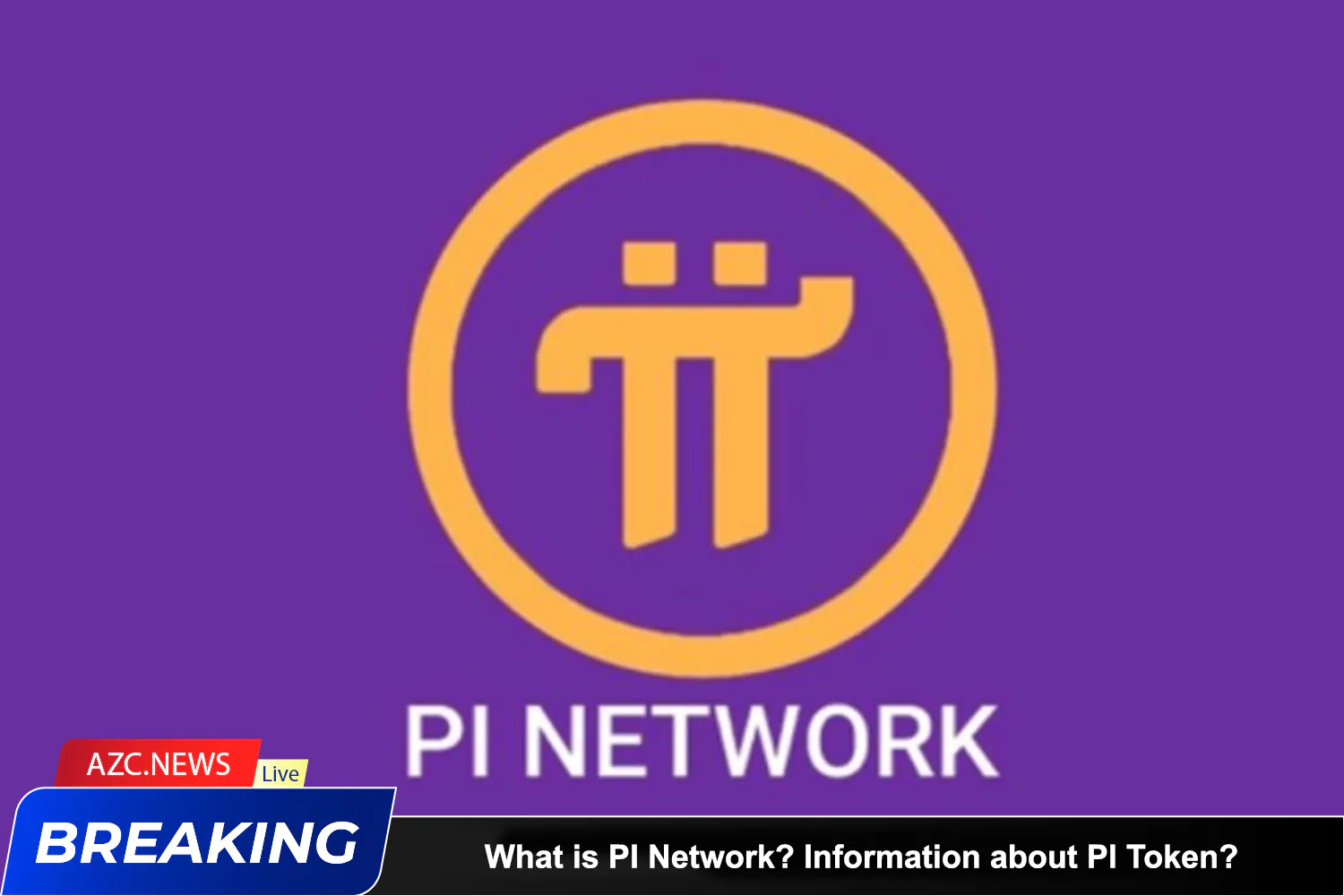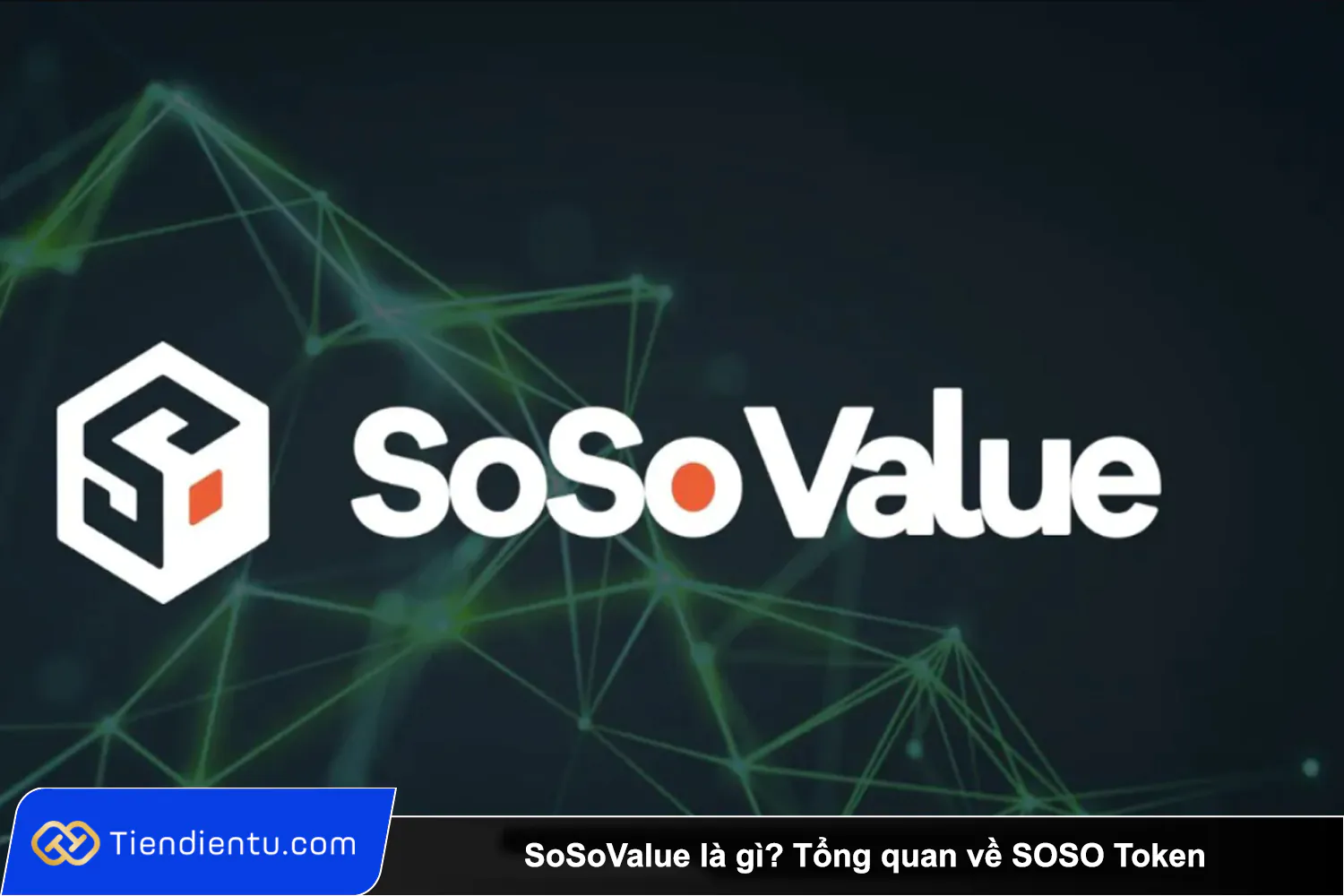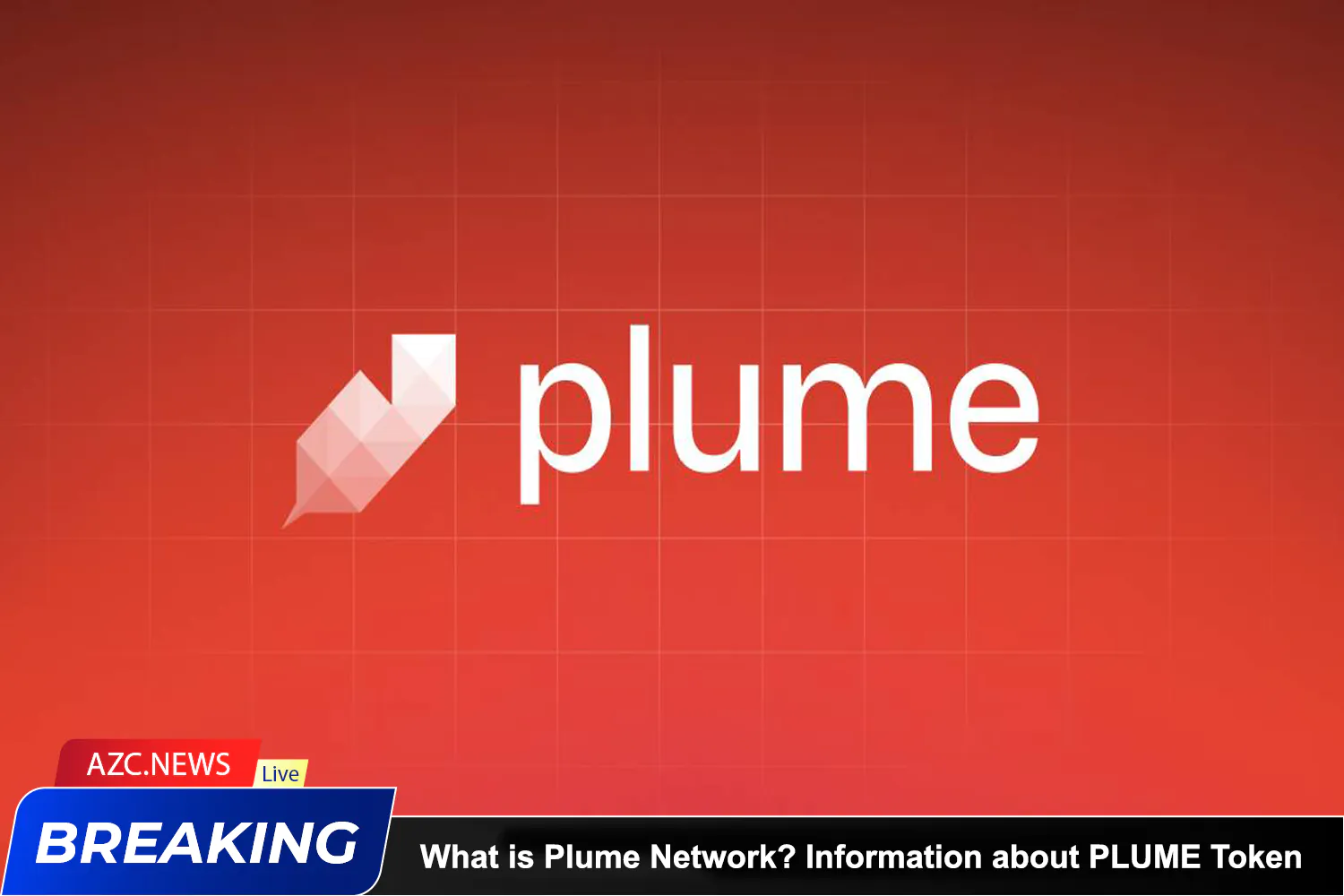In today’s fast-paced tech-driven world, cryptocurrencies have emerged as a cornerstone of our digital landscape. Polygon, a name that’s increasingly making waves in the cryptocurrency sphere, is drawing attention for its significant potential. But what exactly is Polygon, and why does it matter? In this article,AZC News will provide an in-depth exploration of Polygon, an evolving blockchain platform, and examine its myriad applications.
What is Polygon
Polygon, formerly known as the Matic Network, is a blockchain platform built on Ethereum, aimed at addressing scalability and cost-effectiveness issues. It presents a robust solution for enhancing the performance of decentralized applications (dApps) and e-commerce by tackling Ethereum’s limitations in scalability and transaction costs.
Polygon significantly bolsters the efficiency of Ethereum by introducing an intermediary layer that links dApps with the Ethereum mainnet. This effectively minimizes transaction expenses and enhances transaction processing speeds, establishing its pivotal role within the cryptocurrency ecosystem.
Related: Arbitrum: Unlocking the Potential of Layer 2
How Polygon Works
Proof of Stake (PoS)
Polygon employs the Proof of Stake (PoS) consensus mechanism to secure and ensure the network’s integrity. In this system, stakers, rather than traditional miners, validate transactions and create new blocks, making it energy-efficient and sustainable.
Layers of Polygon
Polygon operates within three primary layers:
– This initial layer serves as the bridge connecting the Polygon network to Ethereum. It manages user accounts and transactions, facilitating seamless interactions.
– Situated in the middle, this layer plays a pivotal role in processing intermediary transactions on the network. It acts as the workhorse, enhancing performance, and reducing costs.
– At the top tier, this layer provides the canvas for the development of diverse dApps on the Polygon network, promoting innovation and expansion.
Advantages of Using Polygon
Transaction Speed
One of Polygon’s standout features is its ability to facilitate thousands of transactions per second, a substantial improvement compared to Ethereum’s relatively slower transaction speeds. This rapid throughput opens up new possibilities for various applications.
Low Transaction Costs
By opting for Polygon, users benefit from significantly reduced transaction costs compared to Ethereum. This affordability factor has been a driving force behind its increasing popularity.
The Evolution of Polygon
Prominent dApps on Polygon
A multitude of well-known dApp projects have migrated to Polygon, leveraging its exceptional speed and cost-efficiency advantages. Notable projects, such as Aave and Decentraland, have made Polygon their home.
The Flourishing Community
Polygon’s growth is not limited to technological advancements alone; it boasts a thriving and passionate community. This community actively contributes to the platform’s development, fostering a sense of ownership and collaboration.
The Future of Polygon
Polygon is actively exploring avenues to expand its functionality and integrate with other prominent blockchain platforms. The commitment to ongoing improvement and innovation underscores Polygon’s forward-looking approach.
With its remarkable capabilities and adaptability, Polygon stands poised to become an integral player in the cryptocurrency revolution. As it continues to evolve and integrate with other ecosystems, its influence is likely to grow.
Conclusion
In summary, Polygon is a promising blockchain platform that seeks to address the pressing issues of scalability and transaction costs within the cryptocurrency ecosystem. With substantial development progress and a promising trajectory, Polygon is attracting the attention of newcomers and seasoned cryptocurrency enthusiasts alike. It represents a pivotal component of the ongoing cryptocurrency revolution.
FAQs (Frequently Asked Questions)
1. Can Polygon Replace Ethereum?
While Polygon cannot entirely replace Ethereum, it serves as a vital enhancement within the Ethereum ecosystem, providing solutions to critical challenges.
2. How Can I Begin Using Polygon?
To get started with Polygon, you need to install a wallet compatible with the platform and transfer Ethereum or other cryptocurrencies to the Polygon network.
3. Is Polygon Secure?
Indeed, Polygon employs the Proof of Stake (PoS) mechanism to ensure the security of its network, making it a reliable and secure platform.
4. Who Are the Founders of Polygon?
Polygon was founded by Jaynti Kanani and Sandeep Nailwal, visionary leaders in the blockchain space.
5. Which Prominent Projects Have Embraced Polygon?
Several well-known projects, including Aave and Decentraland, have adopted Polygon as their preferred blockchain platform due to its impressive capabilities.

